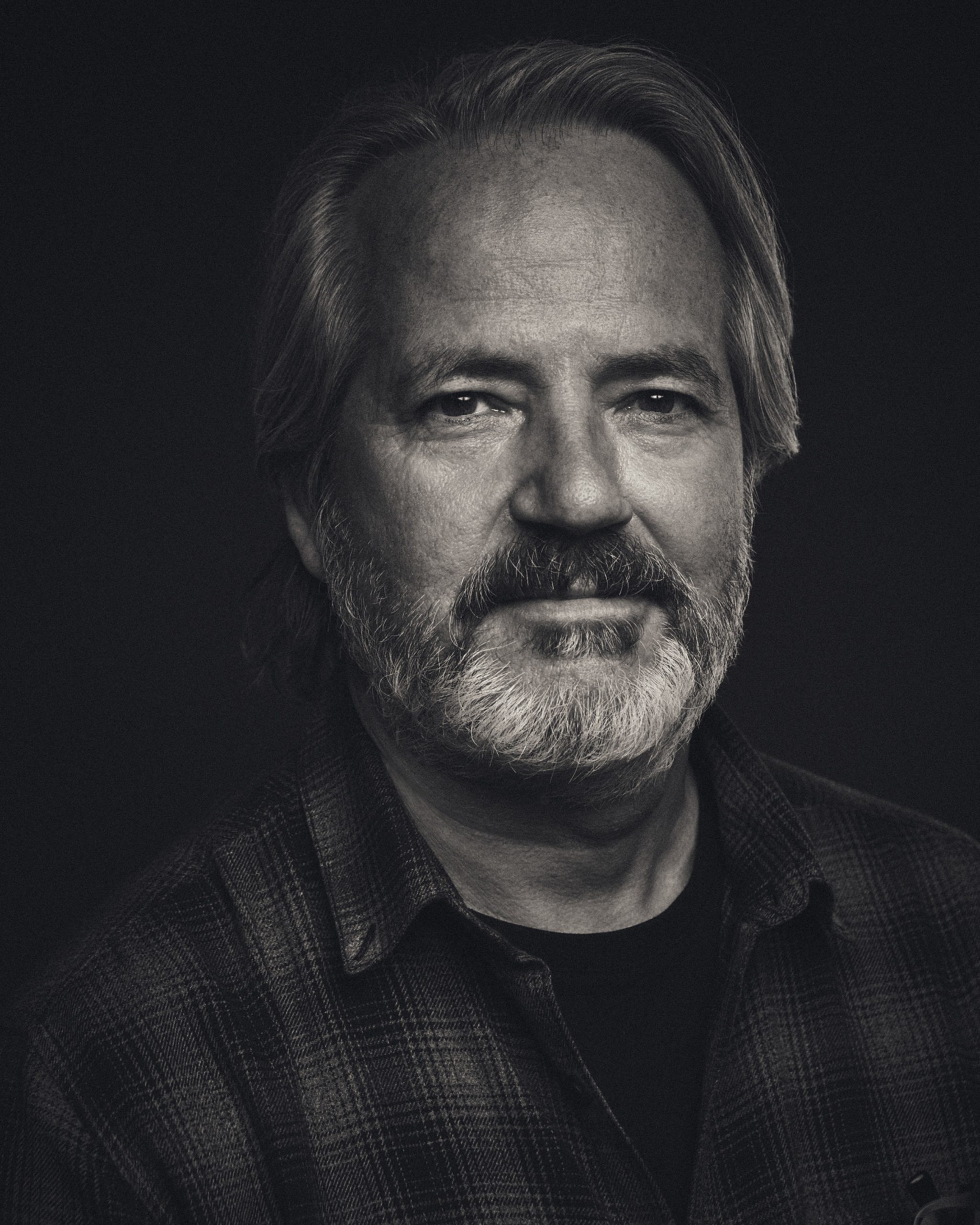The TV Writer with a High Concept and a Dream
Every story has a beginning. So where does Speed‘s story begin? It begins on the page.
This week 50 MPH dives headlong into the oral history of Jan de Bont’s summer thrill ride with screenwriter Graham Yost, who conceived the movie nearly 40 years ago just as he was set to begin toiling away at a television writing career. Today, Yost is the Emmy Award-winning writer and producer of series like HBO’s From the Earth to the Moon and The Pacific, as well as FX’s Justified and The Americans. His latest success is Apple TV+’s Silo.
But in the late-80s and early-90s, Yost was a writer and story editor on programs like Nickelodeon’s, Fox’s Herman’s Head and ABC’s TGIF staple Full House with spec scripts for Murphy Brown and Roseanne tucked under his arm. He first started thinking about his bomb-on-a-bus movie years before, when his father, Elwy Yost — the host of a popular Canadian film-talk program called Saturday Night at the Movies — told him about the 1985 Andrei Konchalovsky film Runaway Train, written by legendary filmmaker Akira Kurosawa. It was exactly the sort of movie the two tended to bond over, and it was, funnily enough, a misunderstanding over the film’s plot that sparked Yost’s idea.

“All he said was there was a Kurosawa script about a train that can’t slow down or it’ll blow up. That was an idea that just got him,” Yost says. “And then I saw the movie when it finally came out and I went, ‘Oh, no, they just can’t get to the brakes,’ and, ‘It would be better if it was a bus.’ Because there’s something just so linear about a train. For me, a lot of [Speed] was just problem-solving. It’s really more of a disaster movie, in many ways, than an action movie.”
It was of a piece with kind of storytelling that appealed to him, concept-driven tales like Andrew Stone’s The Last Voyage, Ronald Neame’s The Poseidon Adventure or, indeed, John McTiernan’s Die Hard, which Yost admits served as a major influence. And so, in the spring of 1991, he finally started committing his idea to the page.
“It was an exercise in structure,” he says. “To me – and I would say this to people – doing a good comic bit, a good scene, everything is a three-act structure. Whether it’s a joke: It’s set-up, development, punchline. Or it’s an action scene: There’s a problem, what do you do? How do you solve it? What happens? Everything is an exercise in structure.”
“Concept-driven” might be a dirty word nowadays, but the 1990s were a heyday for these kinds of elevator-pitch, clean-engine entertainments, and Speed was right at home among them. From Michael Bay’s The Rock to Tony Scott’s Crimson Tide to Wolfgang Petersen’s Air Force One, character certainly made these films work, but concept — and delivering on it — is what put butts in seats. Speed was about to prove the most potent example of its era.
All of that and more, including the first of many stories of what might have been, on the latest episode of 50 MPH!
